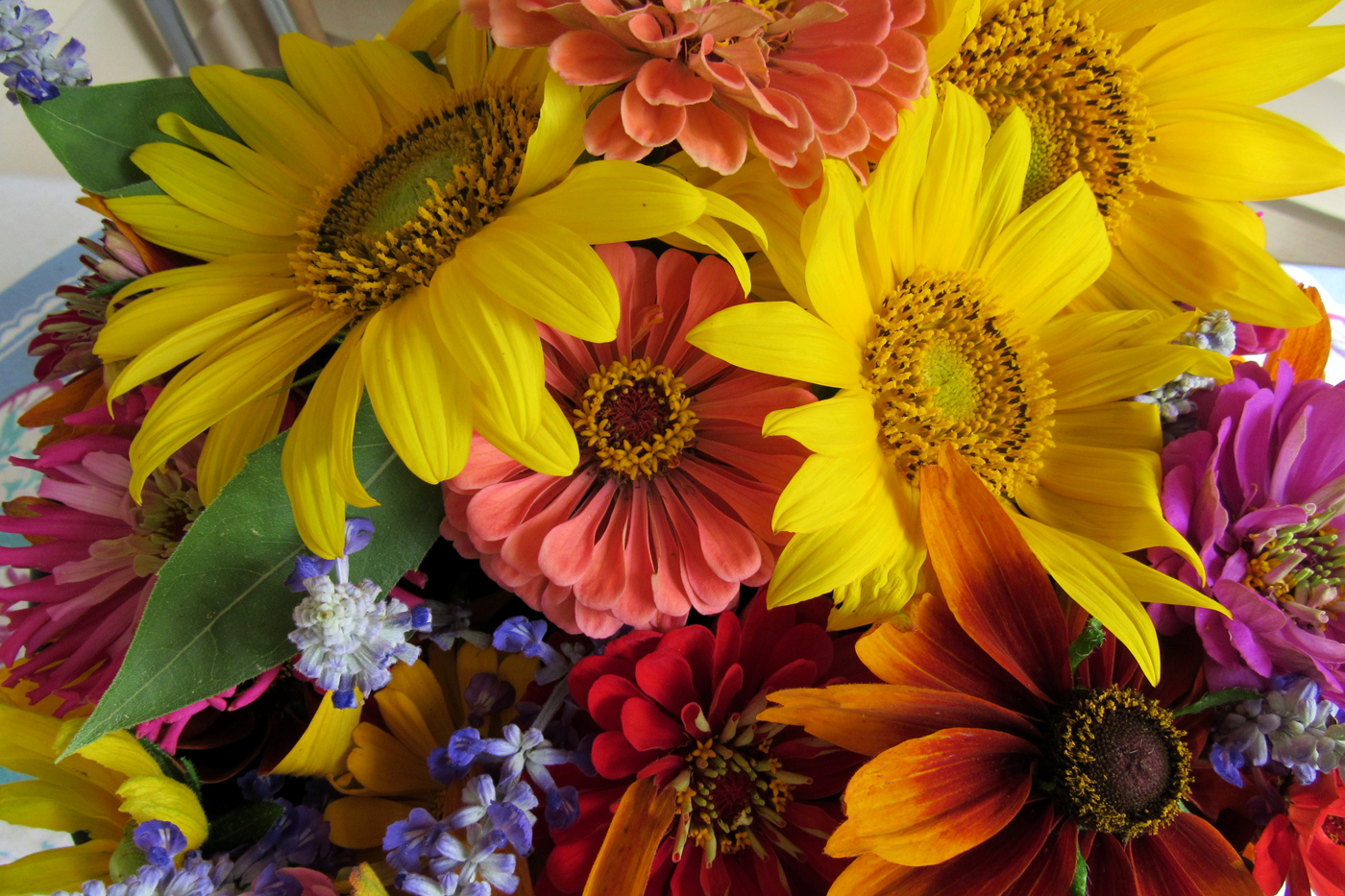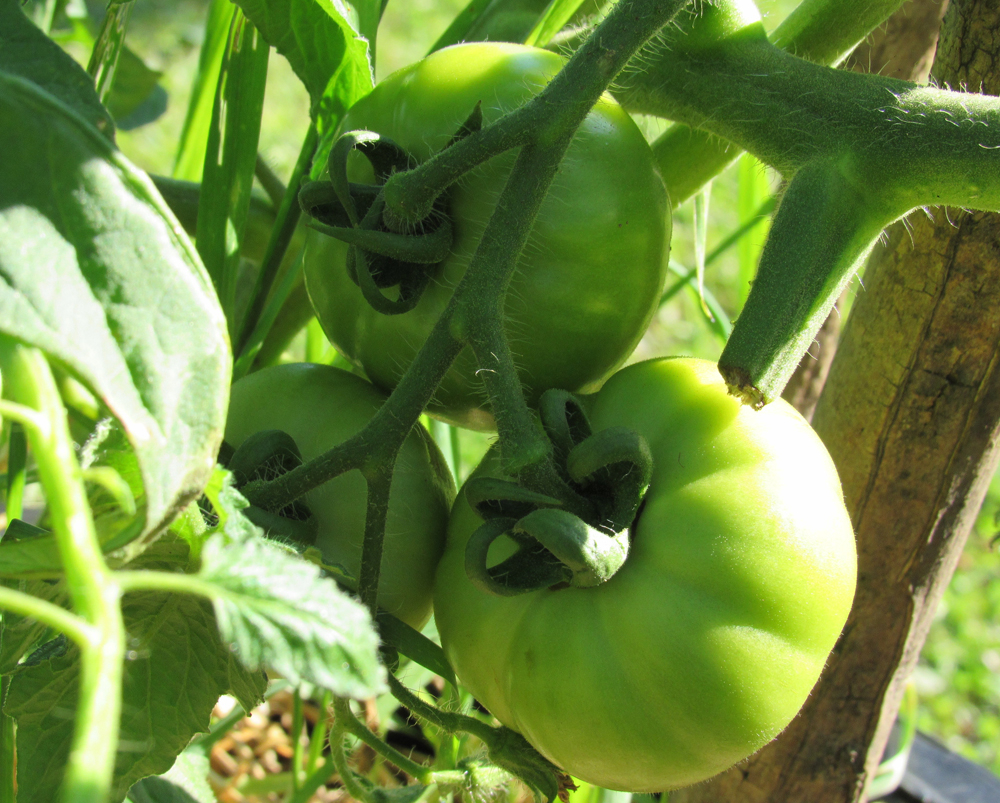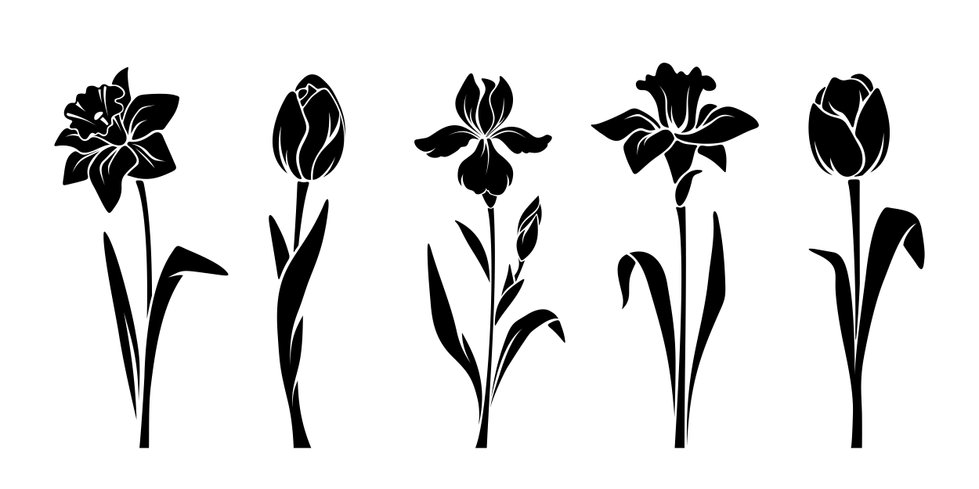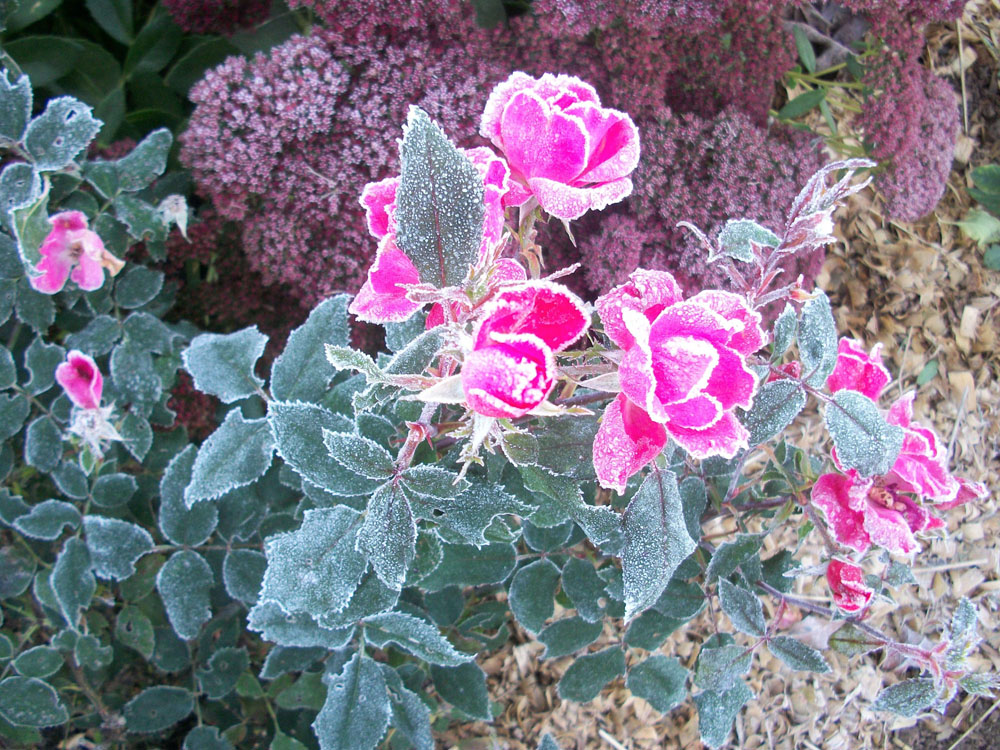The Language of Flowers/Plant Sale Garden Makeover drawing

Flowers speak volumes to us. Their colorful blooms tell us of the seasons – daffodils in early spring, followed by lilacs, peonies, lilies, daisies and phlox in summer, mums and dahlias in fall. They help celebrate weddings and births, bring joy to holidays and celebrations, and comfort and tribute at times of loss.
The late season annuals planted in my garden from seed in May and June are now in full bloom. Zinnias, cosmos, glads, sunflowers and more are adding a riot of color outside my windows and they make me think about the “language of flowers” – the symbolism attached to blooms and even bloom color – which has been a part of cultures around the globe since antiquity.
The language of flowers, also known as floriography or floragraphy, dates back to the ancient Greeks, Romans, Egyptians and Chinese who included plant symbolism in their writings.
According to the University of Wisconsin Cooperative Extension, a small funeral bouquet was discovered in the tomb of Tutankhamen. Iris blossoms on the Sphinx of Giza are symbolic of power, and verbena, once considered a symbol of peace, was present during the signing of treaties. Rosemary – referenced by Ophelia in Shakespeare’s Hamlet – was believed to improve memory since the Middle Ages.
The Romans associated flowers with deities such as Venus, Diana, Jupiter and Apollo. Flower symbols were used in the religious art of the Middle Ages and the Renaissance. In the 19th century, Victorians took flower symbolism to a remarkable level.
Strict protocol of the day meant emotions, wishes and thoughts were not openly expressed between men and women. Flower symbolism developed enabling gifts of a single flower or bouquet to express a clear message to the recipient.
The Smithsonian Gardens website states that flowers were the language of love in Victorian culture. Bluebells, for example, stood for kindness; peonies meant bashfulness, and tulips represented passion.
Myrtle was used to symbolize good luck and love in marriage. Queen Victoria’s daughter, also named Victoria, carried a sprig of myrtle in her bridal bouquet in 1858. The tradition of royal brides including myrtle in their bouquets continues. Kate Middleton included sprigs from Queen Victoria’s original myrtle plant in her bouquet for her marriage to Prince William.
Iowa State University provides a long list of flowers and their meanings. Daisies symbolize innocence and daffodils regard. Flowers that come in multiple colors like carnations, roses, mums and zinnias have different meanings assigned to each color. Red roses symbolize love, while pink roses symbolize perfect happiness. Yellow roses symbolize a decrease of love.
If you’re looking to add to the “symbolism” of your garden, you can find a wide range of flowering perennials at the Orleans County Master Gardener Plant Sale Saturday, September 10, beginning at 8:30 a.m. in the Lartz Building on the Orleans County 4-H Fairgrounds – 12690 Route 31 in Albion.
The sale features locally grown perennials as well as garden art and accents. Come early for best selection, or later – the sale runs until 11:30 a.m. – for the best deals. Garden questions are also welcome.
Tickets are still available for the 2016 Master Gardener Makeover Contest and the drawing will be held during the Plant Sale at 11 a.m. The winner receives design services, labor and $500 in plants from Sara’s Garden Center in Brockport. Tickets to enter cost $10 each and can be obtained from Orleans County Cornell Cooperative Extension, Orleans County Master Gardeners, Sara’s Garden Center, and Navarra’s Greenhouses in Albion.







